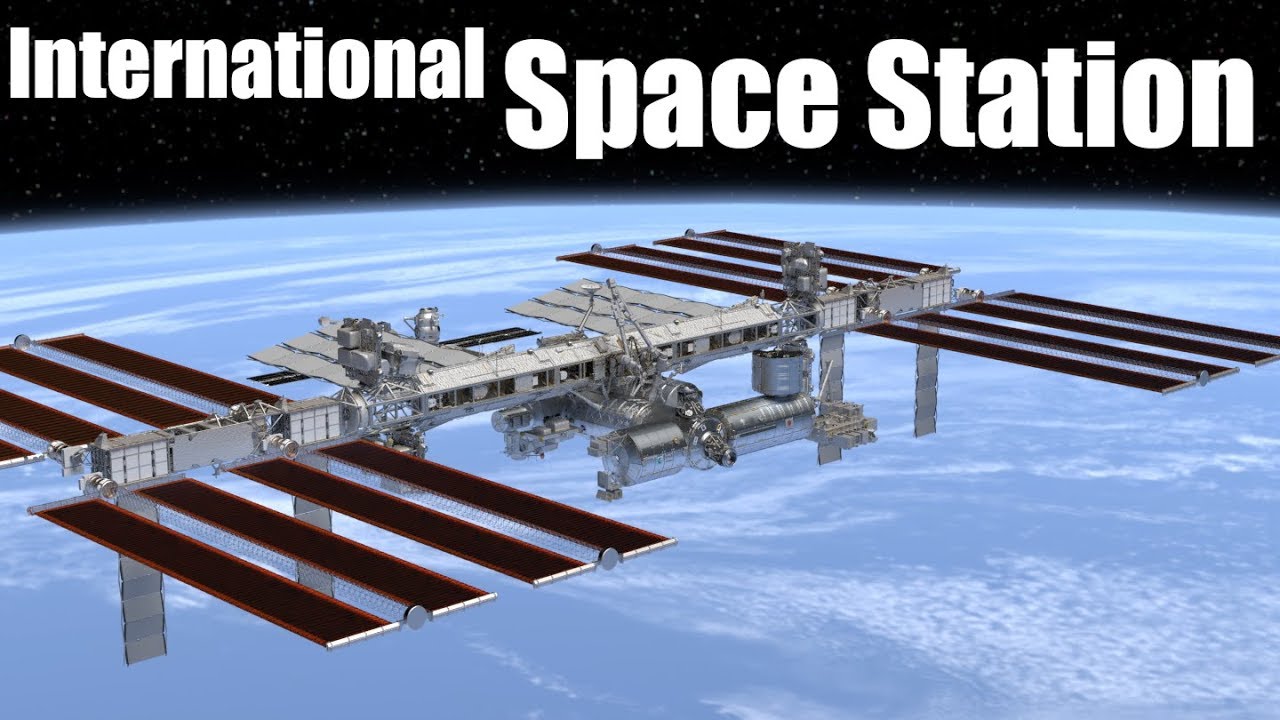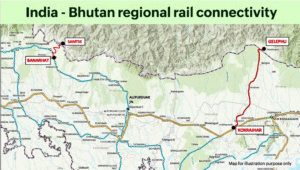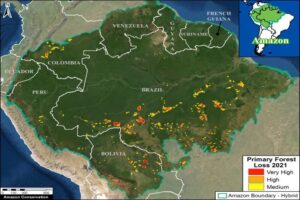
How Astronauts Reach the International Space Station (ISS)
Why in News?
Indian astronaut Shubhanshu Shukla is all set to become only the second Indian to venture into space. He will be part of the Axiom-4 mission to the International Space Station (ISS), launching from the Kennedy Space Center in Florida aboard a SpaceX Crew Dragon spacecraft, propelled by Falcon 9 rocket. This journey is expected to take about 28 hours.
This mission holds significance as it not only marks India’s rising participation in international space missions but also demonstrates how modern aerospace engineering collaborates across nations. It becomes an essential topic for “CLAT Current Affairs 2026” and “Current Affairs 2026” due to its scientific, international relations, and technological aspects.
Introduction
The International Space Station (ISS) orbits Earth at an altitude of about 400 km and is considered a floating laboratory in space where astronauts from different countries conduct scientific experiments. It is a symbol of peaceful global cooperation.
Space missions like Axiom-4 shed light on how private companies such as SpaceX, in collaboration with government and international agencies, are redefining human spaceflight. For law aspirants preparing with the best online coaching for CLAT, understanding how international treaties, commercial partnerships, and technological developments intersect is crucial.
Step-by-Step Summary: How Astronauts Reach ISS
- Mission Details
- Mission Name: Axiom-4
- Launch Site: Kennedy Space Centre, Cape Canaveral, Florida
- Vehicle: SpaceX Crew Dragon (on Falcon 9 rocket)
- Crew Members:
- Peggy Whitson (USA)
- Shubhanshu Shukla (India)
- Slawosz Uznanski-Wisniewski (Poland)
- Tibor Kapu (Hungary)
Planning the Flight
- Launches to ISS must be carefully timed because the station is in constant motion.
- Scientists calculate orbital trajectories to ensure the spacecraft aligns with the ISS’s path.
- Launches are possible only during specific windows when alignment is optimal.
- This requires consideration of celestial alignment and fuel efficiency.
Rocket and Capsule Structure
- The rocket used is Falcon 9, a partially reusable two-stage rocket developed by SpaceX.
- First Stage: Uses Merlin engines; provides initial thrust; detaches and lands back on Earth.
- Second Stage: Carries the Dragon capsule to low Earth orbit.
- After separation from the rocket, the Dragon capsule continues on its journey to the ISS.
Path to the ISS
- The ISS travels at around 28,000 km/h.
- The Dragon capsule:
- Raises its altitude gradually.
- Performs flip maneuvers and phasing maneuvers to match orbit.
- Uses 16 Draco thrusters to fine-tune its path.
- These maneuvers are complex and governed by pre-programmed algorithms and onboard sensor data.
Docking with the ISS
- Once close to the ISS, the Dragon capsule:
- Establishes communication with the ISS.
- Aligns with the “keep-out sphere” (a 200m imaginary safety zone around the ISS).
- Matches velocity with the ISS (relative speed close to zero).
- Final approach:
- Dragon initiates docking sequence.
- Sensors such as LiDAR, GPS, and infrared help with alignment.
- Autonomous docking is standard, but astronauts can manually override if needed.
Post-Docking Procedures
- Takes 1–2 hours after docking to:
- Stabilize the capsule.
- Ensure safety checks.
- Equalize pressurization.
- Once complete, hatch opens, and astronauts enter the ISS.
Important Technical Concepts (Explained)
Term | Meaning |
ISS (International Space Station) | A habitable artificial satellite orbiting Earth where astronauts conduct experiments in microgravity. |
Falcon 9 | A two-stage rocket developed by SpaceX, capable of landing back on Earth. |
Draco Thrusters | Small engines used for precise adjustments in space. |
Orbital Mechanics | The science of how objects move in space, considering gravity and inertia. |
Phasing Maneuvers | Adjustments in speed and path to align with the target orbit. |
Keep-out Sphere | A 200m radius virtual boundary around the ISS for safety. |
Autonomous Docking | Use of computers and sensors for automatic spacecraft docking without manual control. |
Reusable Rockets | Rockets like Falcon 9 which land back for reuse, reducing mission costs. |
Significance for CLAT Aspirants
Understanding such missions is important under Science and Technology, International Cooperation, and Current Affairs 2026—all key themes for CLAT General Knowledge sections.
Relevance:
- Highlights international cooperation (India-USA-private sector collaboration).
- Shows technological advancement (autonomous navigation, reusable rockets).
- Links to legal aspects like space treaties, liability in space missions, and private space enterprises.
Additional Points for CLAT Essay or Interview Topics
- Should private players like SpaceX be allowed to dominate human space travel?
- Legal implications if an international incident occurs aboard the ISS.
- Environmental impacts of frequent rocket launches and how international law governs them.
- Ethical and political considerations in choosing astronauts from different countries.
Quick Recap for CLAT 2026
- Indian astronaut Shubhanshu Shukla to fly to ISS via Axiom-4.
- Journey from Earth to ISS takes approx. 28 hours.
- SpaceX’s Falcon 9 + Crew Dragon capsule used.
- Journey involves ascent, separation, orbital maneuvers, and autonomous docking.
- Key concepts: orbital phasing, Draco thrusters, docking sensors.
- Highly relevant under “CLAT Current Affairs 2026” and science-policy intersection.
Final Notes for CLAT Gurukul Website
At CLAT Gurukul, where best online coaching for CLAT meets innovation, we ensure aspirants stay ahead with in-depth coverage of science and tech topics relevant to CLAT Current Affairs 2026. Events like India’s participation in the Axiom-4 mission are not just headlines—they are gateways to understanding the intersection of technology, law, and policy.
Stay updated with online coaching for CLAT and access daily current affairs digests like this to keep your preparation targeted and strategic.




